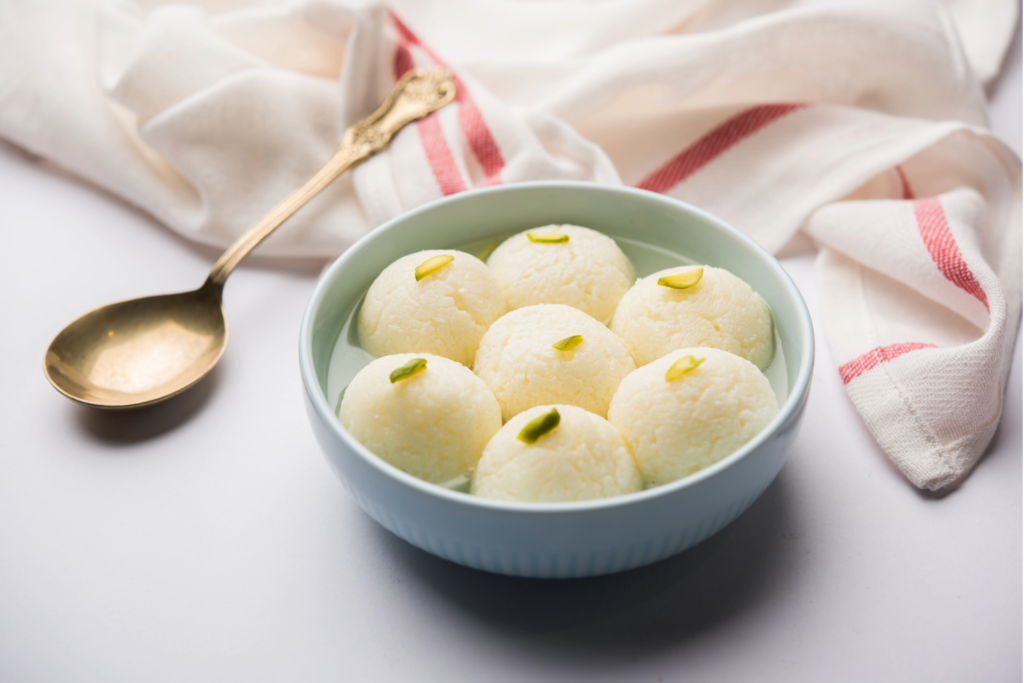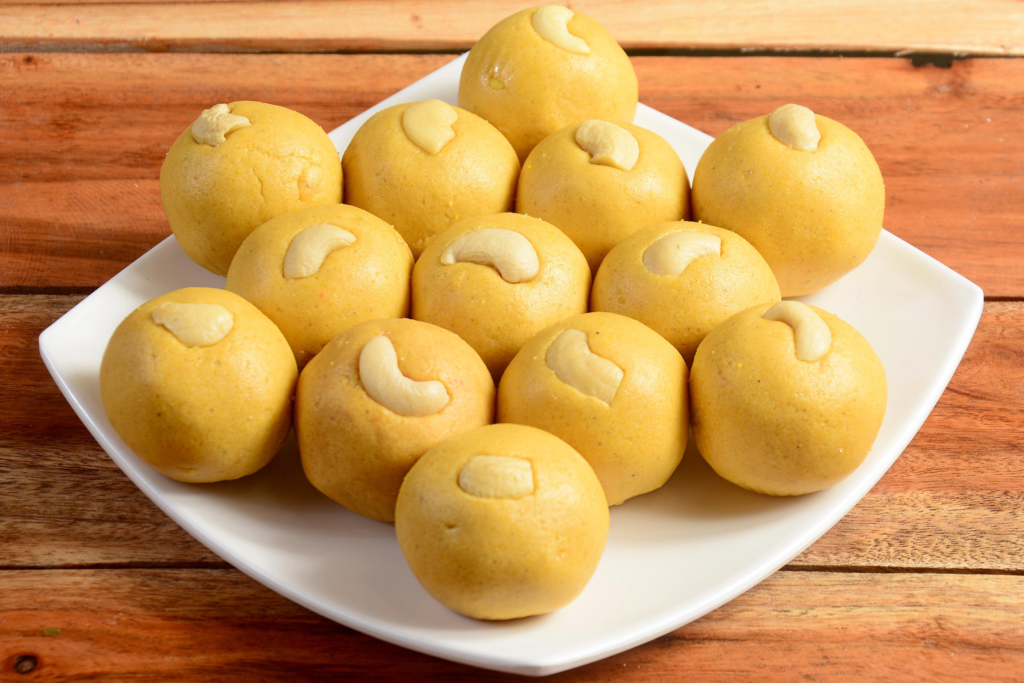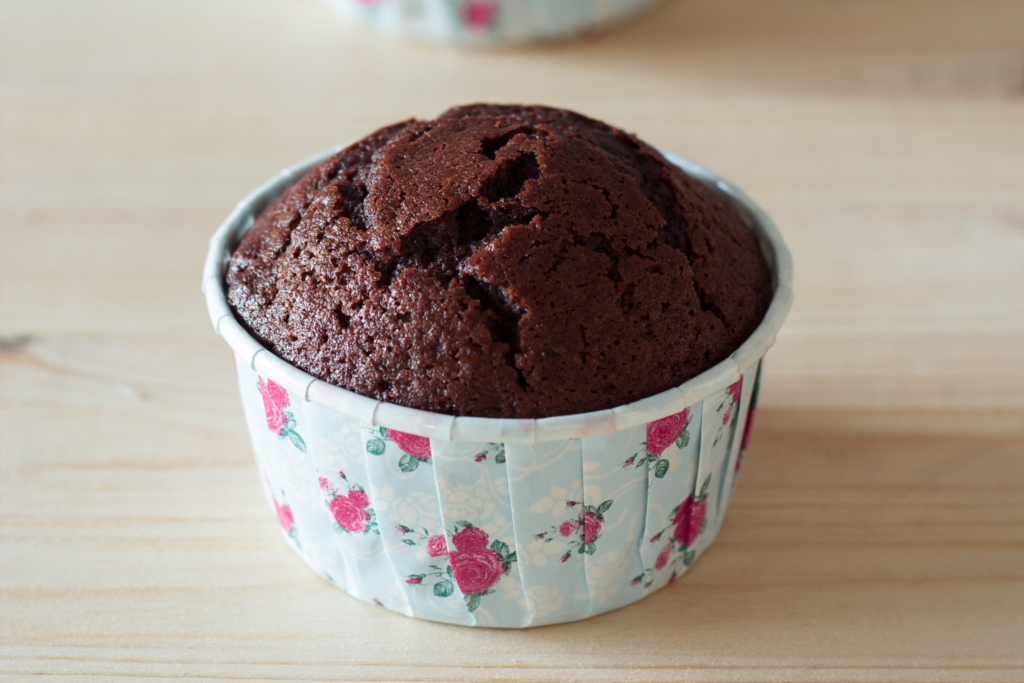Introduction:
Welcome to the enchanting world of Indian sweets, where every bite is a celebration of sweetness and tradition. Today, we’re delving into the delightful realm of Khoya-based Sandesh, a cherished Bengali sweet that has earned a special place in the hearts of dessert lovers worldwide. In this user-friendly guide, we’ll uncover the secrets to crafting Khoya-based Sandesh that’s not just a sweet treat but a creamy, melt-in-your-mouth delight.
Why Khoya-based Sandesh?
Before we dive into the details of creating this delectable dessert, let’s take a moment to appreciate why Khoya-based Sandesh is a treasured gem in Indian sweets. Khoya-based Sandesh is a harmonious blend of Khoya (reduced milk solids), sugar, and a touch of cardamom, shaped into delicate, bite-sized morsels.
Khoya-based Sandesh is not just about taste; it’s about the joy of relishing a sweet that’s soft, creamy, and subtly flavored. It’s a tribute to the art of sweet-making, the purity of ingredients, and the cultural richness of Bengal.
What sets Khoya-based Sandesh apart is its simplicity. It’s a dessert that showcases the natural sweetness of milk, making it a perfect choice for those who prefer less sugary treats. Whether you enjoy it as a dessert after a meal or as a sweet indulgence with your evening tea, Khoya-based Sandesh is a delight for all occasions.
What Sets Our Recipe Apart?
You might be wondering, “Why make Khoya-based Sandesh at home when it’s available at sweet shops?” The answer is simple: crafting your Khoya-based Sandesh allows you to savor the freshness, adjust the sweetness to your liking, and create a personalized dessert that’s made with love.
Our user-friendly Khoya-based Sandesh recipe ensures that you can effortlessly create these creamy morsels in your own kitchen. We’ll guide you through each step, share tips for perfect texture, and provide insights to ensure your Sandesh turns out as delightful as it should be.
Join Us in the Kitchen
Throughout this guide, we’ll provide easy-to-follow, step-by-step instructions to make your Sandesh-making experience enjoyable. Whether you’re an experienced cook or new to the world of Indian sweets, our recipe is designed to ensure that crafting the perfect Khoya-based Sandesh is a rewarding culinary journey.
So, gather your ingredients, prepare your cooking utensils, and let’s embark on a sweet adventure that will transport you to the flavorful world of Bengal. Let’s create Khoya-based Sandesh that’s not just a dessert; it’s a celebration of simplicity, a symphony of sweetness, and a melt-in-your-mouth delight that will leave you craving for more.









